Moringa oleifera or Drumstick tree or Nuggekayee Did you know that Moringa oleifera is a name derived from the Tamil word Murungai Maram, drumstick tree whose ubiquitous leaves and young fruits (pods) are used as vegetables, particularly its long, slender, triangular seed-pods in sambar curry; and the seeds, bark, flowers, and roots as traditional herbal medicine?
Moringa oleifera or Drumstick tree or Nuggekayee
Did you know that Moringa oleifera is a name derived from the Tamil word Murungai Maram, drumstick tree whose ubiquitous leaves and young fruits (pods) are used as vegetables, particularly its long, slender, triangular seed-pods in sambar curry; and the seeds, bark, flowers, and roots as traditional herbal medicine?
Moringa oleifera, drumstick tree in English, derives its name from the Tamil language word Murungai Maram, Nuggekayee in Kannada language, Sahjan in Hindi, Shobhanjana or Sigru in Sanskrit, also known as horseradish tree, ben tree, is a small tree from Indian subcontinent whose pods, roots, bark, flowers, seeds, and fruits are all edible, and has also become a popular natural leaf powder supplement. It is a fast-growing, deciduous tree, drought-resistant, the most widely cultivated species in the Indian subcontinent of the genus Moringa, which is the only genus in the family Moringaceae. In particular, India accounts to an annual production of 1.2 million tonnes of pods and fruits from an area of 380 km2. It is valued mainly for its edible fruits, leaves, flowers, roots, and seed oil, and is used extensively in traditional medicine throughout its native and introduced ranges.
The Moringa tree usually grows up to 10 or 12 m in
height, has a spreading, open crown of drooping, fragile
branches, feathery foliage of tripinnate leaves, and thick,
corky, whitish bark. The leaves are bipinnate or more commonly tripinnate, up to 45 cm long, and are alternate and spirally arranged on the twigs. The fragrant, bisexual, yellowish white flowers are borne on slender, hairy stalks in spreading or drooping axillary clusters (panicles) 10–25 cm long.
The tree is mainly valued for its edible, tender pods,
which have a taste very similar to asparagus, and the immature seed pods, called "drumsticks" are widely used in the south Indian sambar curry. Its leaves known as Saijan Saag in North India, are highly nutritious. Once harvested and dried, they contain 30% protein, all essential amino acids. The leaves are also used in many ways, perhaps most commonly added to clear broth-based soups. The seeds, sometimes removed from more mature pods and eaten like peas or roasted like nuts, contain high levels of vitamin C and moderate amounts of B vitamins and dietary minerals. Mature seeds yield 38–40% edible oil called 'ben oil' from its high concentration of behenic acid. The refined oil is clear and odorless, and resists rancidity. Moringa seed cake, obtained as a byproduct of pressing seeds to obtain oil, is used to filter water using flocculation to produce potable water for animal or human consumption. It is also used as forage for livestock. Its flowers
are a good source of pollen for honeybees.
In the Indian subcontinent, in traditional Indian medicine, therapeutically, its leaves, flowers, pods and seeds are used to treat and prevent diseases such as diabetes, heart disease, anemia, arthritis, liver disease, and respiratory, skin, and digestive disorders. Its leaves, in particular rich in vitamin A and C, are considered useful in scurvy and respiratory ailments; they are also used as
an emetic. The juice extracted from the leaves has strong
antibacterial and antimalarial properties. A paste of the leaves is used as an external application to promote healing of wounds. The seed oil is applied externally to treat rheumatism and gout. Several
compounds of proven medicinal value have been isolated
from the roots, root bark, stem bark, and seed.
- Narasipur Char

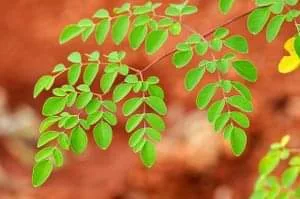
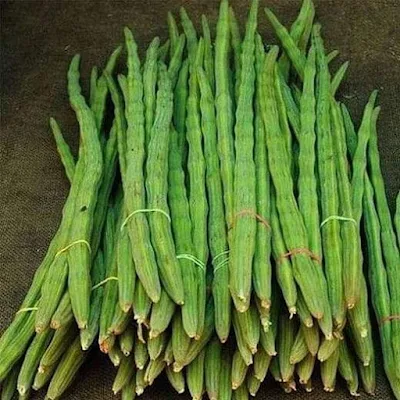
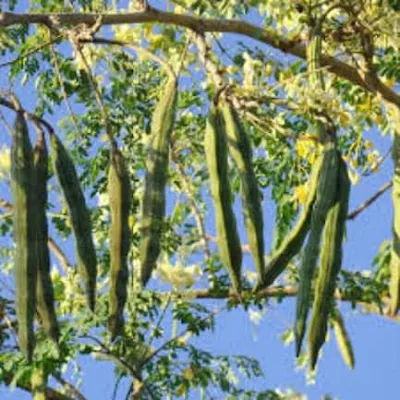
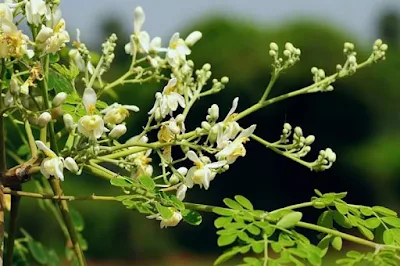
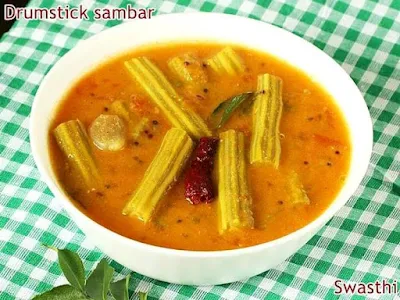



Comments